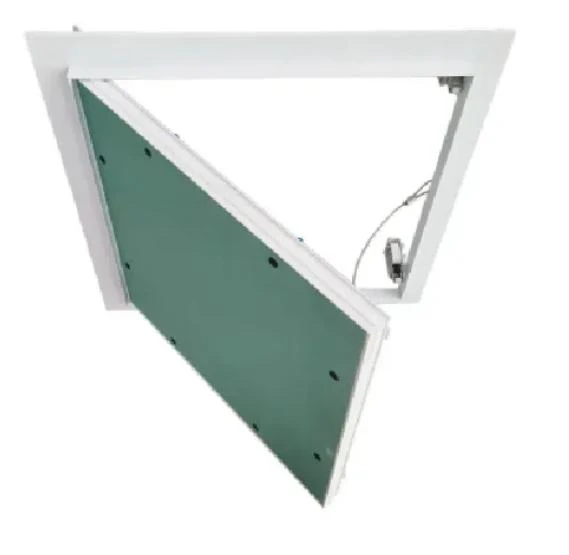10 月 . 19, 2024 20:21 Back to list
what is a grid ceiling
Understanding Grid Ceilings A Comprehensive Overview
A grid ceiling, often referred to as a suspended ceiling or drop ceiling, is a popular architectural feature in many commercial and residential spaces. It consists of a grid framework that supports lightweight ceiling tiles or panels. This design offers various benefits, making it an appealing choice for builders, designers, and homeowners alike.
Structure and Materials
The grid ceiling typically starts with a metal framework made of durable steel or aluminum. This framework is suspended from the main ceiling or structural elements of a building using wires or hangers. The grid is composed of main runners, cross tees, and edge trim, which create a lattice-like structure that holds the ceiling tiles in place.
The ceiling tiles themselves are usually made of materials such as mineral fiber, fiberglass, metal, or even gypsum. These tiles come in various designs, textures, and finishes, allowing for customization to suit different aesthetic requirements. Additionally, many tiles are designed for acoustic performance, helping to absorb sound and reduce noise within a space.
Advantages of Grid Ceilings
One of the primary benefits of grid ceilings is their ease of installation and accessibility. The suspended nature of these ceilings allows for the easy installation of electrical wiring, plumbing, air ductwork, and other mechanical systems above the ceiling without disruptive construction activities. If maintenance is required, ceiling tiles can be effortlessly removed and replaced, ensuring minimal disruption to the occupants below.
Grid ceilings also provide effective noise reduction and thermal insulation. The acoustic tiles help in sound absorption, which is particularly advantageous in office environments, conference rooms, or any space that requires noise control. Furthermore, the insulation properties of some ceiling tiles can contribute to energy efficiency by helping to maintain comfortable indoor temperatures.
Aesthetic Flexibility
what is a grid ceiling

Grid ceilings offer significant flexibility in design. Whether for a modern office, a retail store, or a residential space, there are numerous options available to create the desired visual impact. The variety of ceiling tiles, ranging from plain white to intricate patterns, enables designers to enhance the overall aesthetic of a room.
Moreover, lighting fixtures can be seamlessly integrated into grid ceilings using recessed lights or decorative pendants, allowing for a well-lit environment that complements the ceiling design. The grid system also supports the installation of various architectural features such as crown molding or decorative borders.
Disadvantages and Considerations
While grid ceilings come with many advantages, some disadvantages should be factored in before installation. For one, the height of the room is effectively reduced, which may not be suitable for spaces with low ceilings. Additionally, if not installed properly, there may be issues related to sagging tiles or misaligned grids, which can compromise the ceiling's aesthetics and functionality.
Another consideration involves cleaning and maintenance. Although individual tiles can be removed, dust and debris can accumulate along the grid system over time. Regular cleaning and maintenance will be necessary to keep the ceiling looking its best.
Conclusion
In summary, grid ceilings are a versatile component in modern architectural design that combines functionality with aesthetic appeal. Their structural simplicity, ease of installation, and the ability to house essential mechanical systems make them an attractive option for various types of buildings.
Whether you are upgrading an office space, renovating a retail store, or considering options for your home, a grid ceiling can facilitate a combination of comfort, style, and effective sound management. With careful planning and consideration of their advantages and limitations, grid ceilings can enhance any environment, providing both practical benefits and a pleasing visual element. As such, they remain a timeless choice in the field of architectural design.
-
Revolutionizing Interior Design with Ceilings t grid Suspended SystemNewsOct.29,2024
-
Revolutionizing Ceiling Design with ceiling access panel with Gypsum Tile WaterproofNewsOct.29,2024
-
Revolutionizing Interior Design with PVC Gypsum Ceiling: A Comprehensive GuideNewsOct.29,2024
-
Elevating Interior Design with High quality Mineral Fiber Ceiling TilesNewsOct.29,2024
-
Revolutionizing Interior Design with PVC Gypsum Ceiling: A Comprehensive GuideNewsOct.29,2024
-
Elevating Interior Design with High-Quality Mineral Fiber Ceiling Tiles: A Comprehensive GuideNewsOct.29,2024







